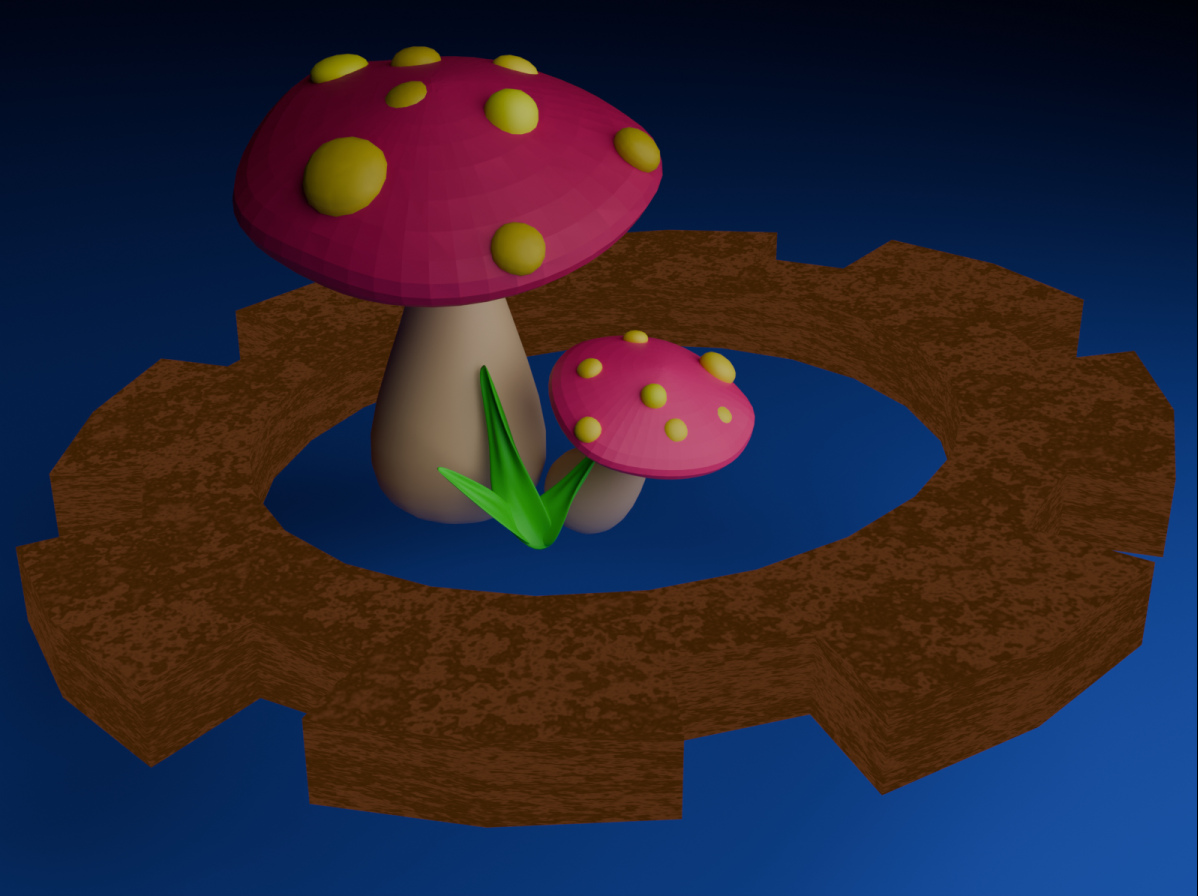Trading has been part of Pokémon since the beginning of the franchise. Back then, GameBoys needed to be linked together with a special cable to trade. The Global Trade System (GTS) changed this for everyone in 2007. Players from all around the world could trade with one another over the internet. Since then, trading has been a staple feature of most Pokémon games.
Notably, however, the Pokémon Trading Card Game Pocket edition (PTCGP) initially released without a way to trade cards. For a mobile game, this decision seemed strange. But in the absence of any example, I started thinking about how I would add trading to PTCGP if I was an engineer working on the development team.
I have some experience with the way that other massive multiplayer online (MMO) games handle asynchronous trading between players. World of Warcraft (WoW) has an auction house (AH), where players can post items for a short time, so that others can bid on these offers before the auction is over. The Old School RuneScape (OSRS) Grand Exchange (GE) automatically matches offers between multiple sellers and multiple buyers in a so-called double auction. I’ve come to appreciate that, for the most part, these auction based systems give the player some control over how to price their in-game items.
Naming my own price was the whole point of trading Pokémon cards, as a kid. Back then, trades were mostly based on which Pokémon were your favorite. So playground negotiations were cut-throat and impulsive - how fun! Or sometimes, you weren’t even trading cards for cards. One time, I remember giving away my Larvitar card for some lunch.
Trading was eventually added to PTCGP in late January 2025, but I was surprised by how slow and restricted it felt. Only cards with the same rarity could be traded and only between people on your friends list. Trades also cost a certain amount of in-game currency to initiate, but thankfully, this currency recharges over time.
These limits are an understandable safeguard for the majority players. For example, a player cannot trade away their very rare card without also receiving another very rare card, in return. So, a player does not have to know the price of every single card to have confidence in accepting a trade offer. Also, PTCGP has extremely limited inter-player communication options, so it would be nearly impossible to negotiate a one-for-many deal in the app. For instance, giving away one Hippowdon and receiving both a Chimchar and a Squirtle card. As understood, the trading currency also limits the effectiveness of trading bots.
Overall, trading in PTCGP is pretty boring to me with all these restrictions. But I don’t believe it has to be this way. So I’m building Tiny Transaction, a trading card market simulator for the terminal to demonstrate how an auction-like system could work for a trading card game market.
The Tiny Transaction market is made up of many artificial agents and at most
one human agent trading each other for cards to complete their collection.
The brains behind Tiny Transaction is an auction engine written in Rust called
txny (“tiny”).
txny matches trades based on card selection, card rarity, and offer priority,
while also giving agents a platform to negotiate their own deals.
In this blog series, I’ll talk about building the Tiny Transaction simulator. The first development phase focuses on the fundamental building blocks of the program, like card generation, trading mechanics (i.e. posting an offer), and transaction history. The next phase is about agent behavior. I think it will be fun to explore what kinds of strategies fail or succeed in the simulated market. I’ll talk about just enough game theory to be dangerous and program artificial agents to trade competitively, not just randomly.
You can follow this series by subscribing to the RSS feed at the link below.
The source code for Tiny Transaction is available on my GitHub.
I’ll talk to you in the next post. Thank you for your time and attention.
Let’s work together!
Email me at elliotsmakerspace@gmail.com
